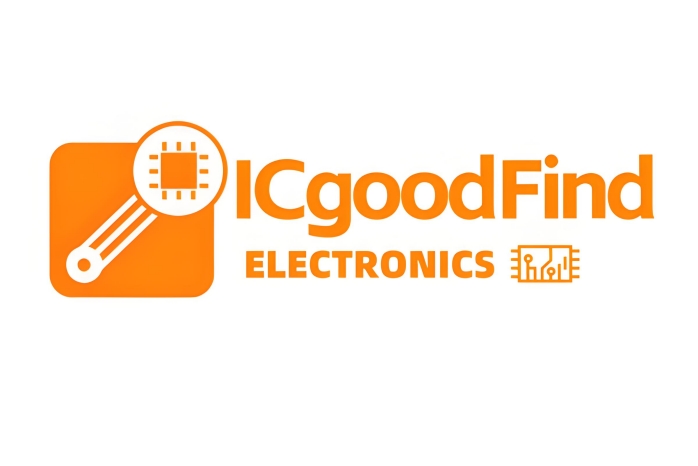BCM84894B0IFSBG: A Comprehensive Technical Overview of Broadcom's Multi-Gigabit Ethernet PHY Transceiver
The relentless demand for higher bandwidth and more resilient network infrastructure has driven the evolution of Ethernet technology beyond the ubiquitous Gigabit standard. At the heart of this evolution are advanced Physical Layer (PHY) transceivers, which serve as the critical interface between the digital world of networking silicon and the analog domain of the cable plant. Broadcom's BCM84894B0IFSBG stands as a premier example of a highly integrated, multi-gigabit Ethernet PHY transceiver designed to meet the rigorous demands of modern enterprise switching, network interface cards (NICs), and telecommunications equipment.
This single-port device is engineered to support a comprehensive range of data rates, providing seamless backward compatibility and future-proofing network investments. Its core functionality encompasses the physical coding sublayer (PCS), physical medium attachment (PMA), and physical medium dependent (PMD) sublayers for operation over standard twisted-pair copper cabling. Key supported rates include:
10GBASE-T for 10 Gigabit Ethernet over Category 6a/7 cable.
2.5GBASE-T and 5GBASE-T (NBase-T and MGBASE-T), crucial for leveraging existing Category 5e/6 cabling to deliver speeds beyond 1GbE.
1000BASE-T for Gigabit Ethernet.

100BASE-TX for Fast Ethernet.
A defining feature of the BCM84894B0IFSBG is its advanced DSP-based architecture, which employs sophisticated signal processing techniques to achieve robust performance over extended reaches of copper cabling. This includes highly accurate echo cancellation, next-generation crosstalk cancellation (NEXT and FEXT), and adaptive equalization to combat signal degradation and inter-symbol interference (ISI). These capabilities ensure stable links and low bit error rates (BER) even in challenging electromagnetic environments.
Power efficiency is paramount in high-density switch and server designs. This PHY incorporates state-of-the-art energy-efficient Ethernet (EEE) capabilities as defined by the IEEE 802.3az standard. During periods of low data activity, the transceiver can enter a low-power idle mode, significantly reducing power consumption without sacrificing the ability to quickly resume full-speed data transmission. This feature is critical for reducing operational expenses and meeting environmental regulations.
Beyond the core physical layer functions, the BCM84894B0IFSBG offers extensive management and diagnostic features accessible via a standard MDIO interface. It provides real-time telemetry and diagnostic data for link performance monitoring, including cable diagnostics and digital signal integrity analysis. These tools empower network administrators to proactively identify potential cabling issues, characterize channel performance, and simplify maintenance, thereby reducing downtime.
The transceiver is typically offered in a compact, surface-mount package, making it suitable for space-constrained designs. It interfaces seamlessly with Ethernet MACs from Broadcom and other vendors through a highly flexible SerDes interface, simplifying board layout and system integration.
ICGOODFIND: The Broadcom BCM84894B0IFSBG is a highly sophisticated and versatile multi-gigabit Ethernet PHY transceiver that encapsulates the industry's drive toward higher speeds, greater power efficiency, and enhanced operational intelligence. It is an optimal solution for designers building the next generation of networking equipment that requires backward compatibility, robust performance over existing cabling, and advanced management capabilities.
Keywords: Multi-Gigabit Ethernet, 10GBASE-T, Energy-Efficient Ethernet (EEE), Physical Layer Transceiver (PHY), Cable Diagnostics.
